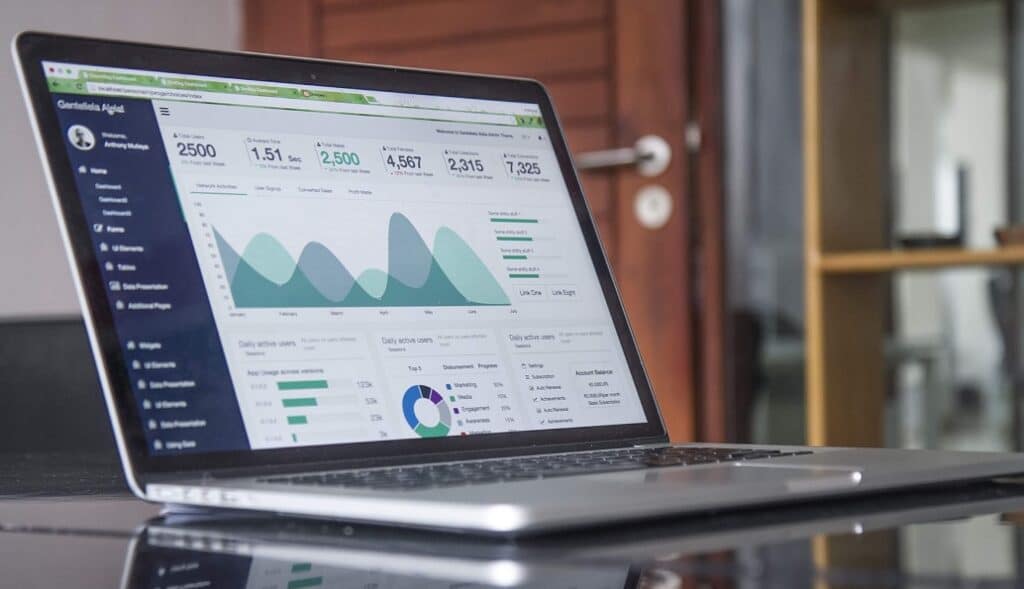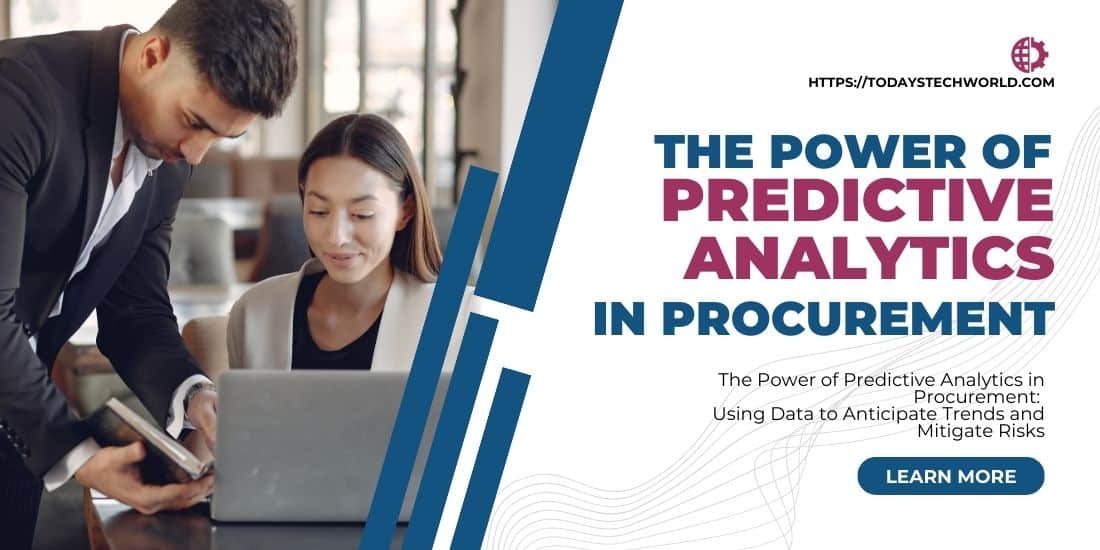Here we will discuss about the Power of Predictive Analytics in Procurement (aka Procurement Analytics) along with Using Data to Anticipate Trends and Mitigate Risks.
In today’s world, data has become a valuable resource for businesses. Companies use data to make informed decisions, understand customer behavior, and anticipate market trends. In the procurement industry, predictive procurement analytics has emerged as a powerful tool for using data to anticipate trends and mitigate risks. Predictive analytics allows procurement professionals to use historical data to predict future outcomes, enabling them to make informed decisions that can help to drive cost savings, increase efficiency, and improve supplier relationships. The following points will explore the power of predictive analytics in procurement and how it can drive business success.
Contents
Anticipating Demand
One of the key benefits of using predictive analytics in this field is the ability to anticipate demand. By analyzing historical data, procurement professionals can identify patterns and trends that can be used to forecast future demand. This information can optimize inventory levels, ensuring the right products are available at the right time. This can help improve customer satisfaction, reduce waste, and drive cost savings.
Also Read: Tips to Transform Your Digital Marketing by Introducing AI
Predicting Price Changes

Another benefit of using predictive analytics in this field is the ability to predict price changes. By analyzing historical data on supplier pricing, professionals can identify patterns and trends that one can use to forecast future price changes. This information can help one negotiate better prices with suppliers, ensuring that procurement professionals can secure the best possible deals. This can drive cost savings and improve supplier relationships.
Also Read: 8 Benefits of Hiring a Digital Growth Strategist for Your Business
Identifying Supply Chain Risks
Predictive analytics can identify potential supply chain disruptions. Professionals can identify patterns and trends indicating potential supply chain risks by analyzing historical data on supplier performance. This information can be used to proactively mitigate these risks, ensuring that the supply chain remains stable and that disruptions are minimized. This can improve supplier relationships, reduce costs, and ensure that products are delivered on time.
Optimizing Supplier Relationships
Predictive analytics can optimize supplier relationships. By analyzing historical data on supplier performance, the professionals can identify areas where suppliers may be underperforming. One can use this information to work with suppliers to improve performance, ensuring the professionals can get the products they need at the right time and price. This can improve supplier relationships, reduce costs, and ensure timely product delivery.
Also Read: Learning How to Use AI for Software Startups
Improving Efficiency
Finally, predictive procurement analytics can improve efficiency in procurement. By using data to anticipate trends and risks, procurement professionals can make informed decisions that can help to streamline procurement processes. This can reduce costs, improve supplier relationships, and ensure that products are delivered on time. Additionally, by using data to optimize inventory levels, procurement professionals can ensure that the right products are available at the right time, further improving efficiency and reducing waste.
Enhancing Decision-making
Predictive analytics enables procurement professionals to make informed decisions by providing valuable insights into the procurement process. With access to historical data and predictive modeling, procurement professionals can evaluate different scenarios and their outcomes. This can help them make decisions that are data-driven, objective, and aligned with business objectives, ultimately driving success for the organization. Furthermore, it helps identify potential challenges and risks that could impact the procurement process, allowing professionals to take proactive measures to mitigate them.
Also Read: Why You Should Conduct Market Analysis For Your Business Products
Conclusion
Predictive procurement analytics has emerged as a powerful tool in the procurement industry. By using historical data to anticipate trends and risks, procurement professionals can make informed decisions that can help to drive cost savings, improve efficiency, and mitigate risks. Predictive analytics can anticipate demand, predict price changes, identify supply chain risks, optimize supplier relationships, and improve efficiency.




